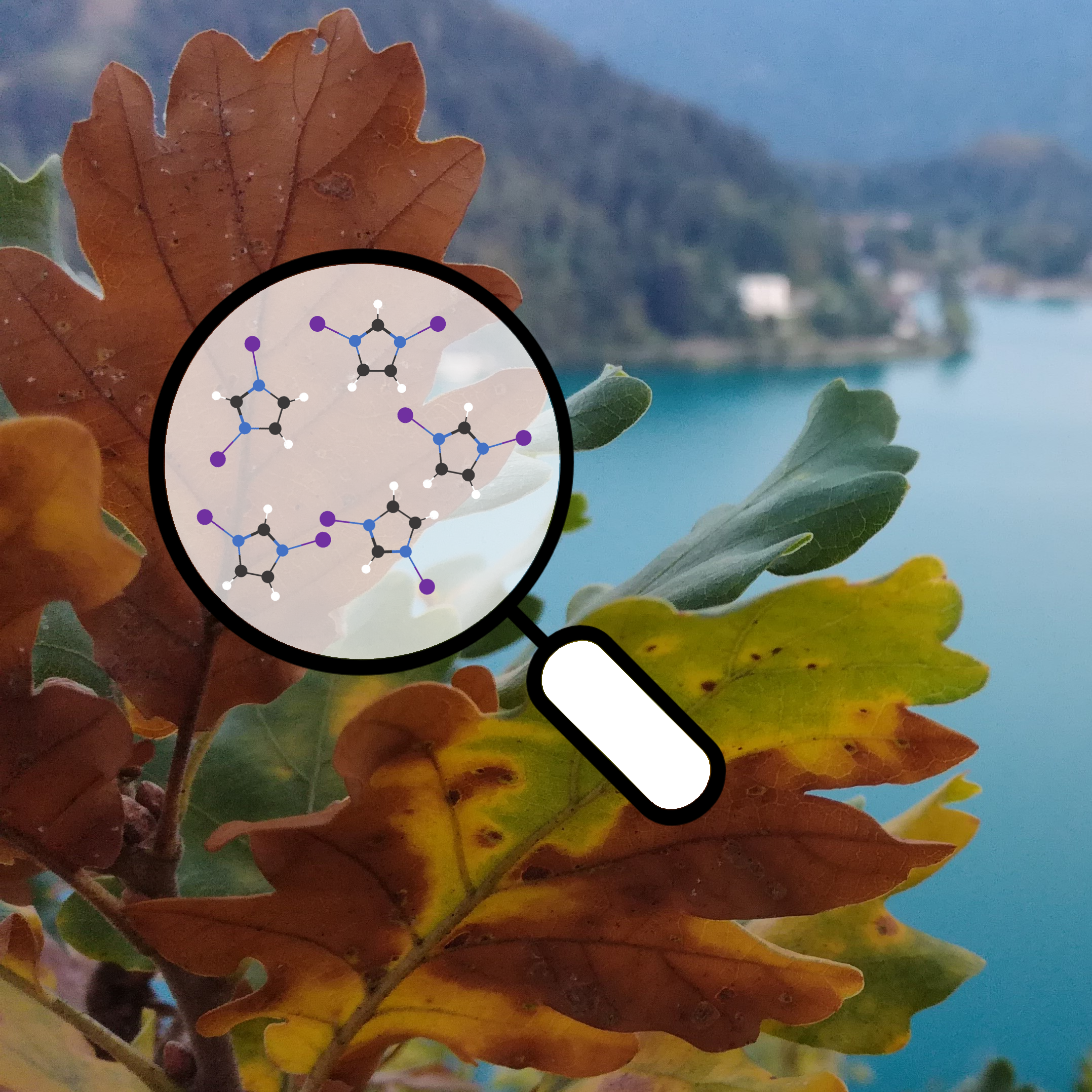We all end up sitting at a desk at some point in our lives, but not all desks are made equal. A desk might be made of wood, so it is cheap and light but you have to be careful not to stain it with tea. It might be made of steel. Now you do not have to worry about spillage, but in turn it is heavy and cold to the touch. You could make a gold desk, but then you probably have too much money.
Why are all these desks different? Understanding that is what materials science is all about. Why is one material different from another? Turns out that it comes down to what atoms you have and where you put them. Every year, we design new materials. Every so often, someone makes a material with fantastic properties but runs into a different problem; they cannot figure out what they have made.
That is where my research comes in. I seek to find ways to definitively say what something is. It is an easy question to ask that is deceptively hard to answer. Turns out, there are a lot of atoms in one desk and worse, they are usually ordered in extremely complex and irregular patterns.
To solve this problem, I use an electron microscope, a powerful tool that can see all the way down to atomic resolution. With great power comes great deception, as it turns out that electron microscopes are not quite cameras. The picture you get needs to be interpreted. It is no modern art, but sometimes it gets frustratingly close. My research is particularly concerned with interpreting structural signals in these images through clever data processing and machine learning.
Furthermore, I specialise in non-crystalline materials; materials that are a bit of a mess. Many of these are easily damaged and hard to interpret, but of enormous scientific and commercial interest. Plastics, pharmaceutical drugs, and many organics are all partly non-crystalline. Oh, and that wooden desk is too.
Joonatan Laulainen
NanoDTC Associate, a2018

